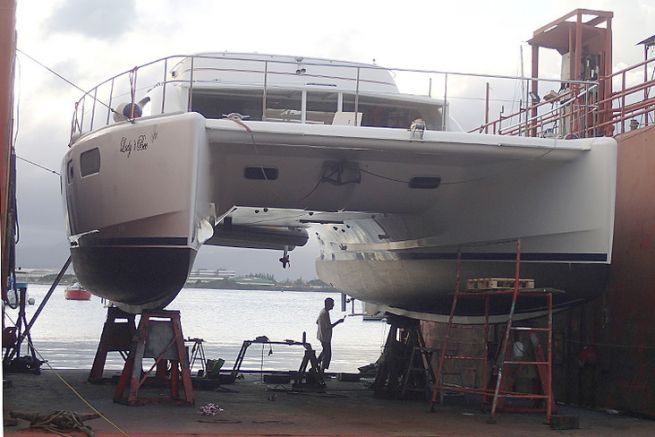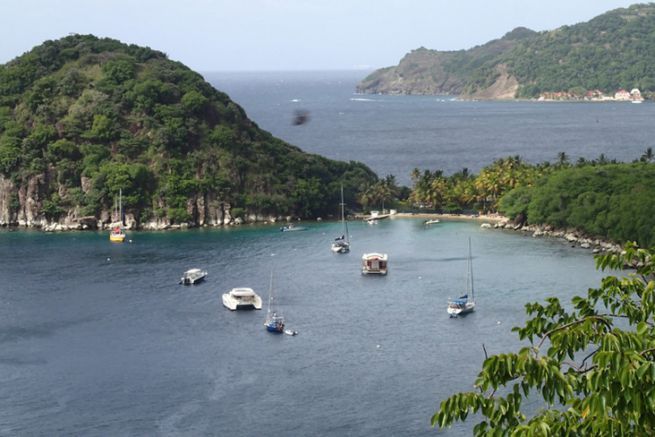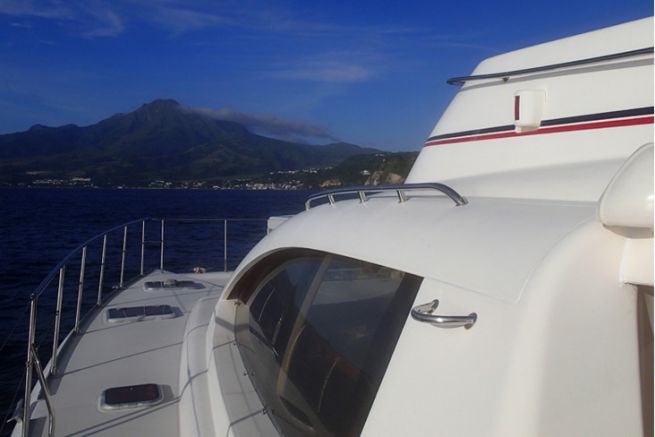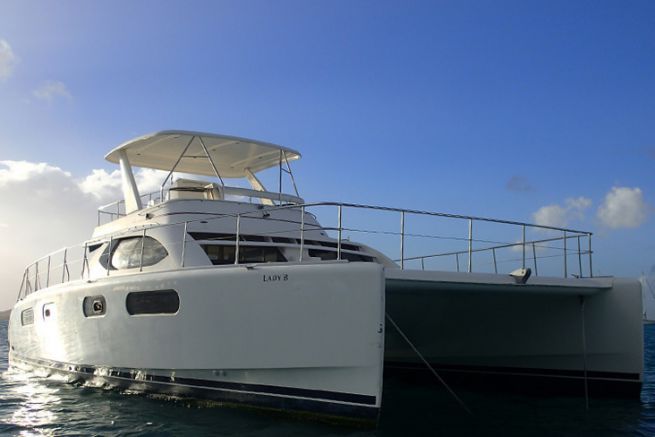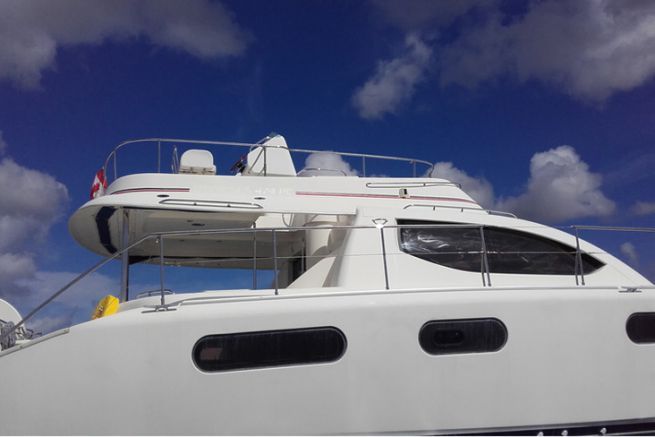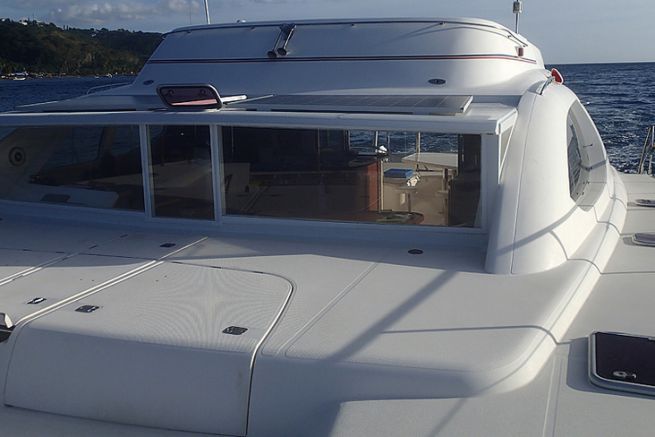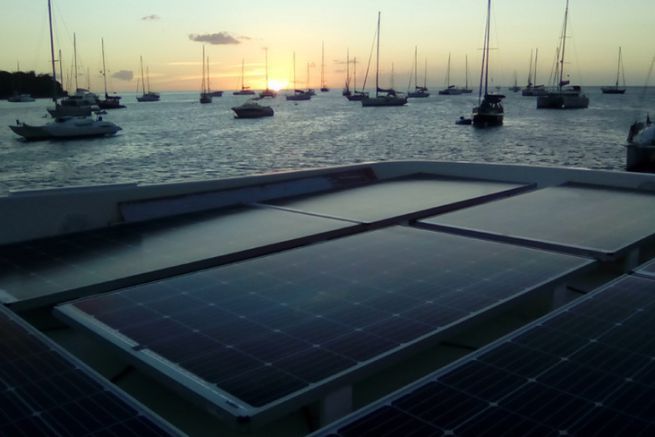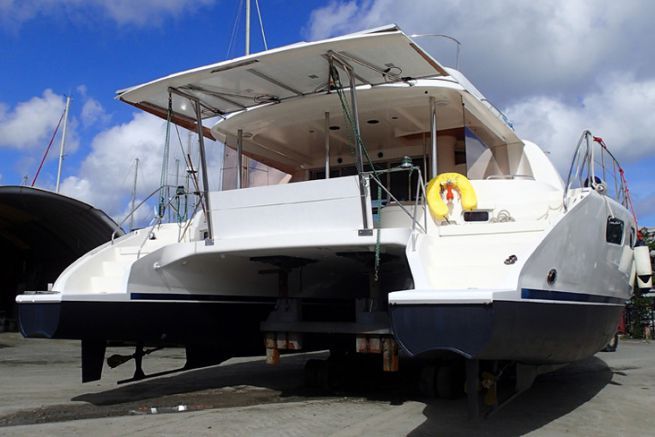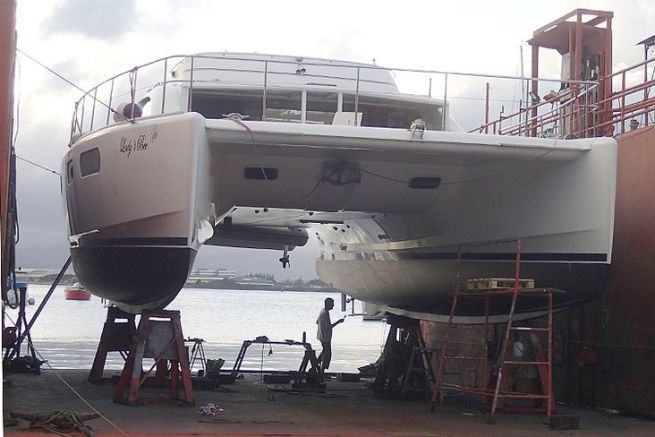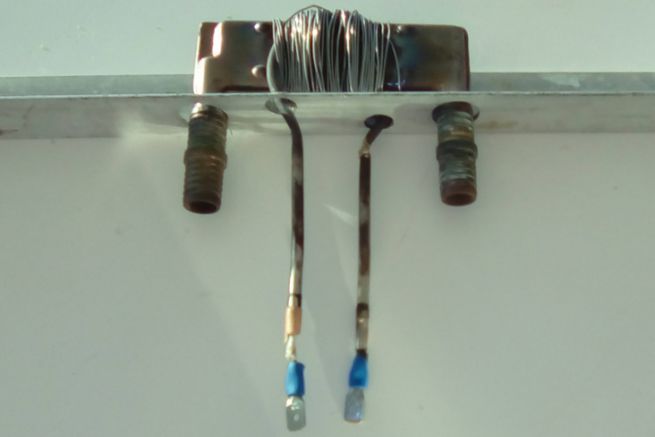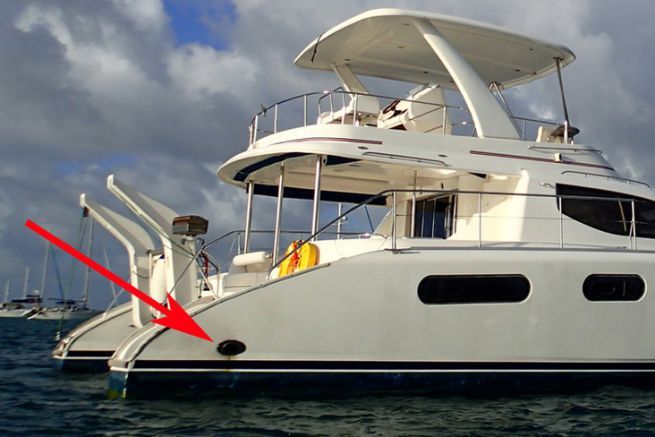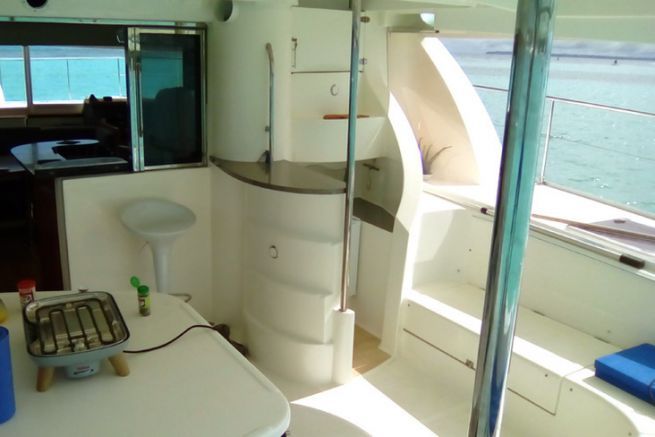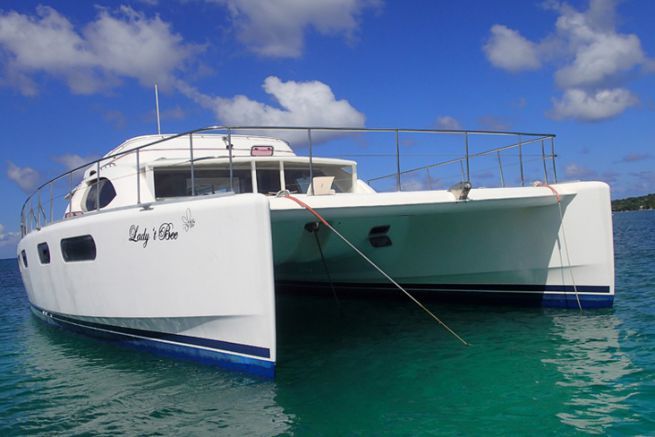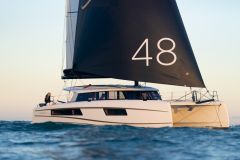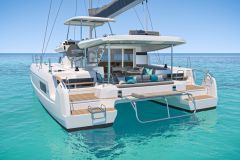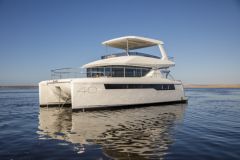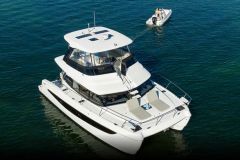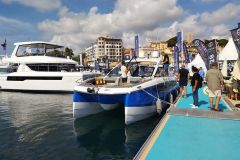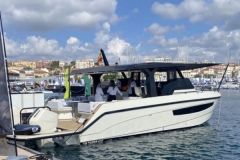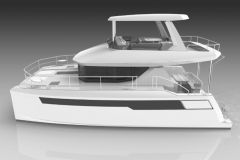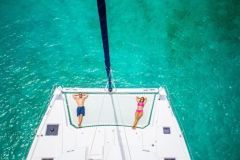After extending the waterline and reducing the weight of the boat (see previous episode), we had to tackle a very serious subject: the propellers.
Big subject, slightly worrying moreover. Propeller suppliers, some of whom are, of course, very competent, sometimes show a rigor that borders on rigidity. These people have the habit of using known formulas to define the diameter and the pitch of the propellers they supply to their customers. In most cases, they have only one concern, relayed by the engine manufacturer: to make the boat go as fast as possible by using all the available horsepower "on the tree". It's like the Wild West. Lucky Luke and Jolly Jumper in propeller salesman costumes... Just kidding, of course.
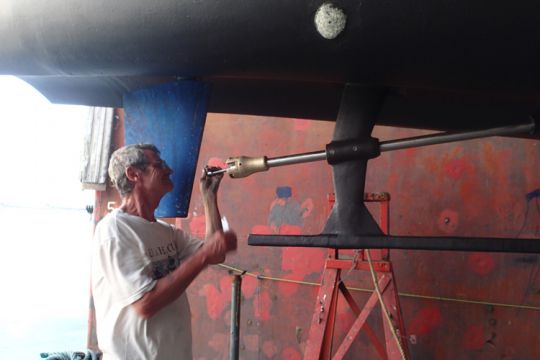
Forced to do your own calculations
Compared to my concern, which is "to go as fast as possible, without damaging these engines which are much too powerful for the seven and a half knots which constitute my target speed", it was not going well. A real dialogue of the deaf having been established for a long time with my propeller calculators, I decided to decide myself "What should I do".
Internet came to my rescue. I read a few books on the subject. Then, after grinding a lot of numbers and curves in my head, I fixed the characteristics of our future propellers, before ordering two copies of a folding model with the diameter and the pitch I had defined.
The selected supplier having forced me to sign a release beforehand, my order was finally taken into account. The propellers arrived, and I mounted them.
Good news amigos! Everything went as planned. The results are in, proving that the people who wrote the guidelines I used to decide are good people. I would like to thank them for that.
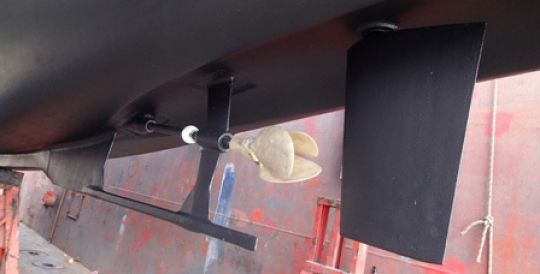
Why folding blades?
Attention: I have specified propellers with "folding blades". This point is essential.
Since it uses very modest power (about 23 horsepower to move forward at seven knots, without wind and without current), it is essential to be able to do so with a single engine (otherwise it means, in the case of the Lady, that we can imagine two 150hp engines working at a power of 11.5 horsepower...barely more than idle!)
It is therefore imperative to eliminate the drag of the propeller when it is not in use.
For this purpose, propellers with folding blades are much more suitable than feathering propellers because the efficiency of the latter is poor due to their flat blades, which is very bad for the consumption.
An essential component in the definition of the propellers was to considerably reduce their pitch (The pitch of a propeller is the distance that a blade travels when it makes a complete turn).
Thanks to the advice of an excellent engine builder, a Cummins agent no less, I started with the idea of defining the propeller pitch by setting a minimum engine speed below which it seemed unreasonable to go down, which led to a speed that I defined as my target "cruising" speed.
This reasoning led to two unusual features.
Engines "at full throttle", all the available horsepower is not used, and consequently, the maximum speed of the boat is far below what it could be using all the power possible with propellers calculated for.
But I don't care about that! Since what interests me is to consume little in order to have a big autonomy.
To conclude on this topic, here are some of the numbers obtained:
For a sailor, these are speeds "never seen" (except with competition boats).
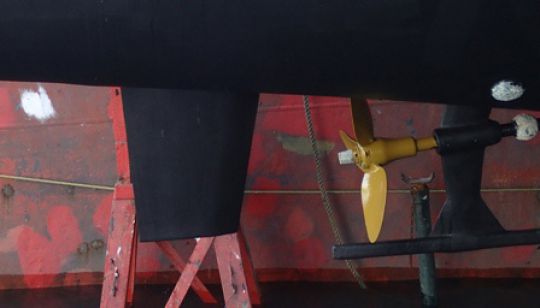
Enlarge the rudders
This being settled, there was still one important modification to be made: to enlarge the rudders.
Indeed, when sailing with only one engine, the rudders are necessarily stabilized at an average angle of incidence that compensates for the asymmetry of the propulsion (in other words, since we push on one side, it goes forward).
The original rudders having been dimensioned for a speed of about fifteen knots, they are a little small for the 7 to 8 knots which interest us.
On the Lady, I increased them by 30%. I think that an increase of 50 to 80% would have been even better (but it can still be modified...).
In the current configuration, the average angle of incidence at a speed of eight knots is close to 4 degrees.
In the next episode, the author explains the transformation of engines with the adoption of home-made Econokit .
